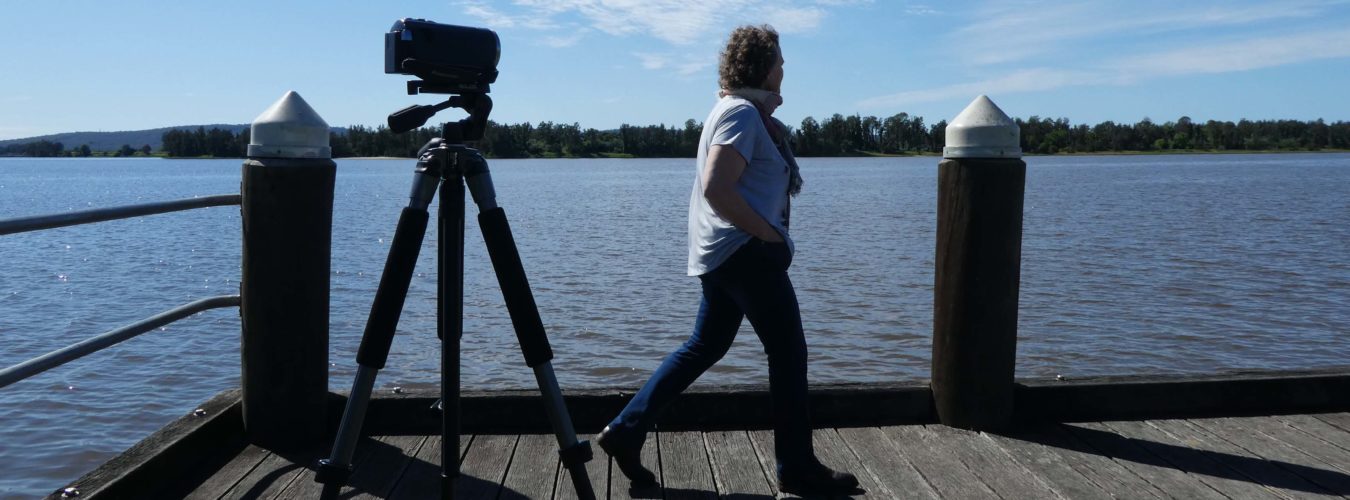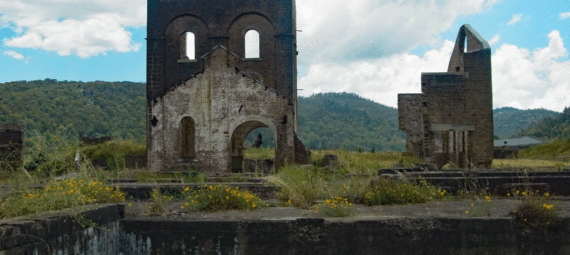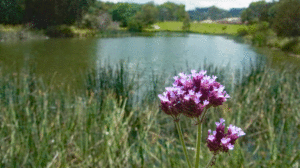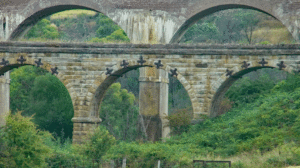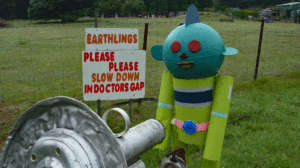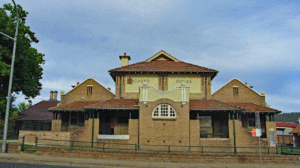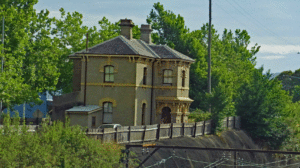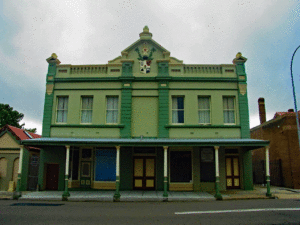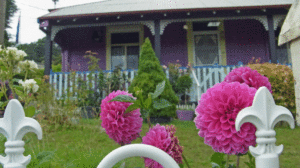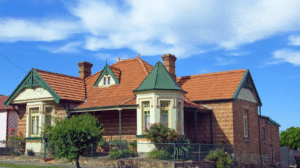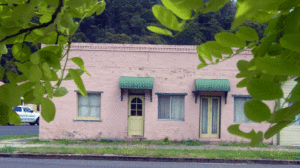Our timing probably wasn’t ideal for this little jaunt to Lithgow. For one thing we set off on New Year’s Day because that’s the time we had off. We could only stay a couple of days in the area and what with public holidays and the time of year, some things we would like to have seen were closed. For another thing, the famous Zig Zag Railway has still not reopened. This unique tourist attraction was seriously damaged by bushfire in 2012 – and a band of dedicated volunteers have been working to repair and reopen it ever since. We hear that could finally be this year. Undaunted by these issues we set off to explore the place described by some as the first real country town over the Blue Mountains.
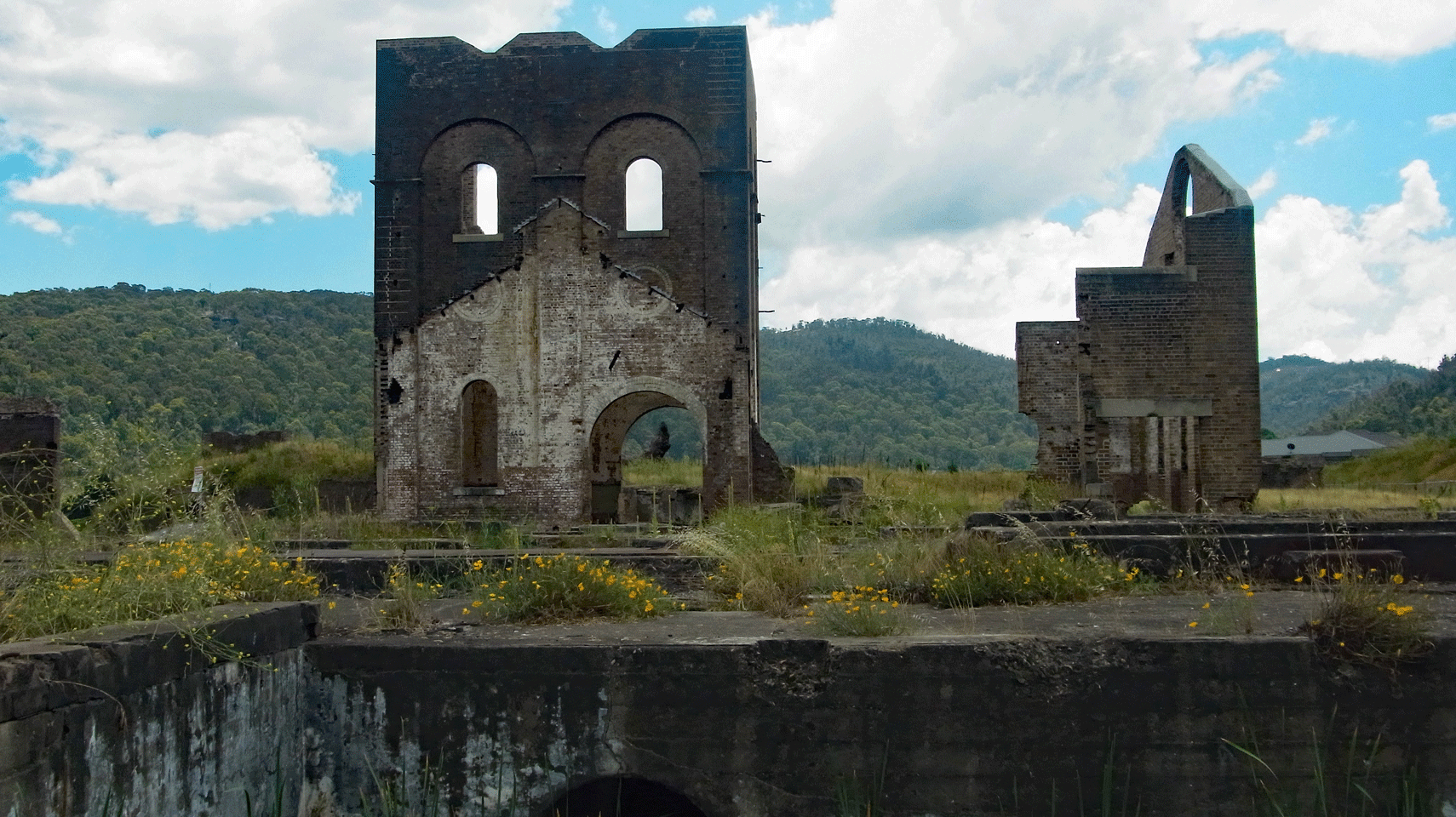
What we loved
Lithgow is a town with a colourful industrial past. There is no escaping the way heavy industry has shaped it. That engineering marvel – the Great Zig Zag railway, coal mines (some still operate), Australia’s first steel works, a small arms factory, and a major pottery kiln once thrived. Many a street name bears silent witness to all kinds of industries – Gas Works Lane, Brewery Lane, Enfield Avenue (a type of rifle famously produced in Lithgow) Union Street. We loved this industrial revolution town’s unique look at feel.
What we did
Explored the streets
We needed our comfy walking shoes. There’s an interesting old building around every corner in the CBD. The Court House, the Uniting Church, schools, pubs, picture palaces, railway buildings – the list goes on and on. Industry brought wealth to Lithgow once, and it shows. The centre of town is just begging for a well signposted heritage walk (if one already exists we didn’t see it). We were also enchanted by the row upon row of modest little cottages built by and for the industrial workforce. They make an interesting social statement when compared to the over the top “mega-mansions” of today. Get in the car and check out some of the outer suburbs as well – Oaky Park, Bowenfels – the place is alive with interesting historical stuff.

Blast Furnace Park
No visit to Lithgow is complete without a stop at the stark industrial ruins in Blast Furnace Park. The heritage listed site is important for many reasons. It’s described as the birthplace of modern Australian steel industry which later moved to Port Kembla. Things did not always run smoothly and ownership of the works changed hands several times. There was periodic industrial strife and the odd riot . The stories make great reading.
BUT, there’s a down side. The site is currently fenced off to the public. You can still see it, but you can’t wander about the ruins to have a closer look. The local paper reported this fencing went up in the middle of 2015 as a safety precaution while the council carried out some repair and remediation of the site to make it safe for the public. This was to be followed by the installation of fenced platform walks, viewing areas and story boards to inform fascinated visitors like us. It seems 18 months later the fences remain and no sign of the rest of the development. There’s a series of fading signs explaining the site, but having to gaze at it from afar through the fence was frustrating so say the least. We look forward to the day the site is properly developed.
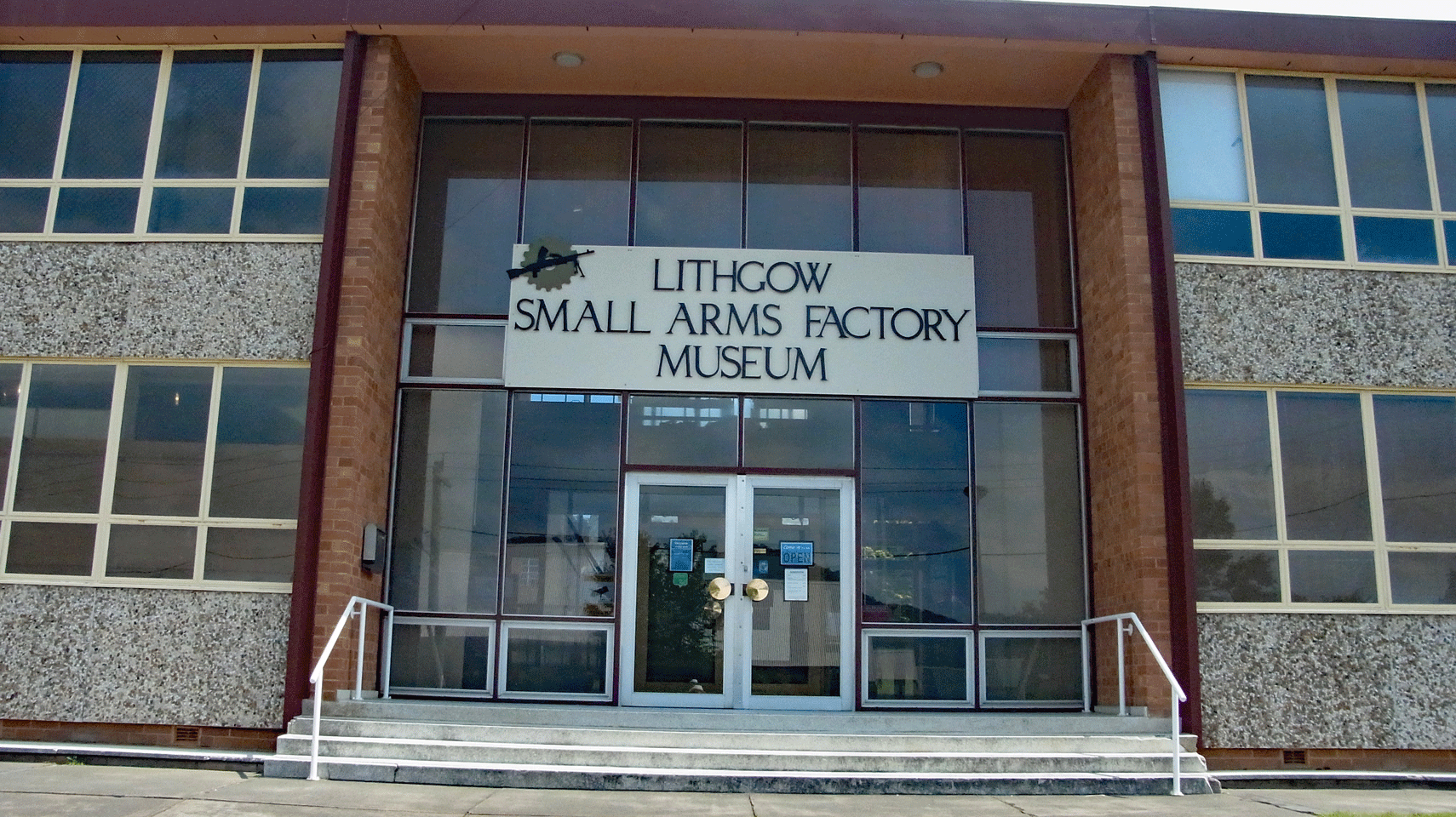
Lithgow Small Arms Factory Museum
This amazing place has to be seen to be believed and it’s not just for the gun enthusiast. Mind you, you can see an amazing number of locally made guns which the volunteers told us were produced by the factory over the many decades since it opened in 1912. It employed 6000 people at its peak and a whole new suburbs popped up to house the workers. Things were harder between the World Wars when demand for arms was not as high, but for a long time they kept things going by producing such well known items as Sunbeam Mixmasters.
Its interesting from a social history perspective too. There’s a picture in the hall of a woman in a frock and sandals operating a piece of machinery. It’s a scene to give today’s OH and S people heart failure. Times have changed.
French aerospace and defence company Thales Group bought the factory in 2006 and still employs around 140 people to produce a particular type of machine gun. This happens in a tiny portion of the massive factory site. The rest of the modernist buildings are falling into ruins with lack of use, despite being outstanding examples of 20th century industrial architecture and machinery.
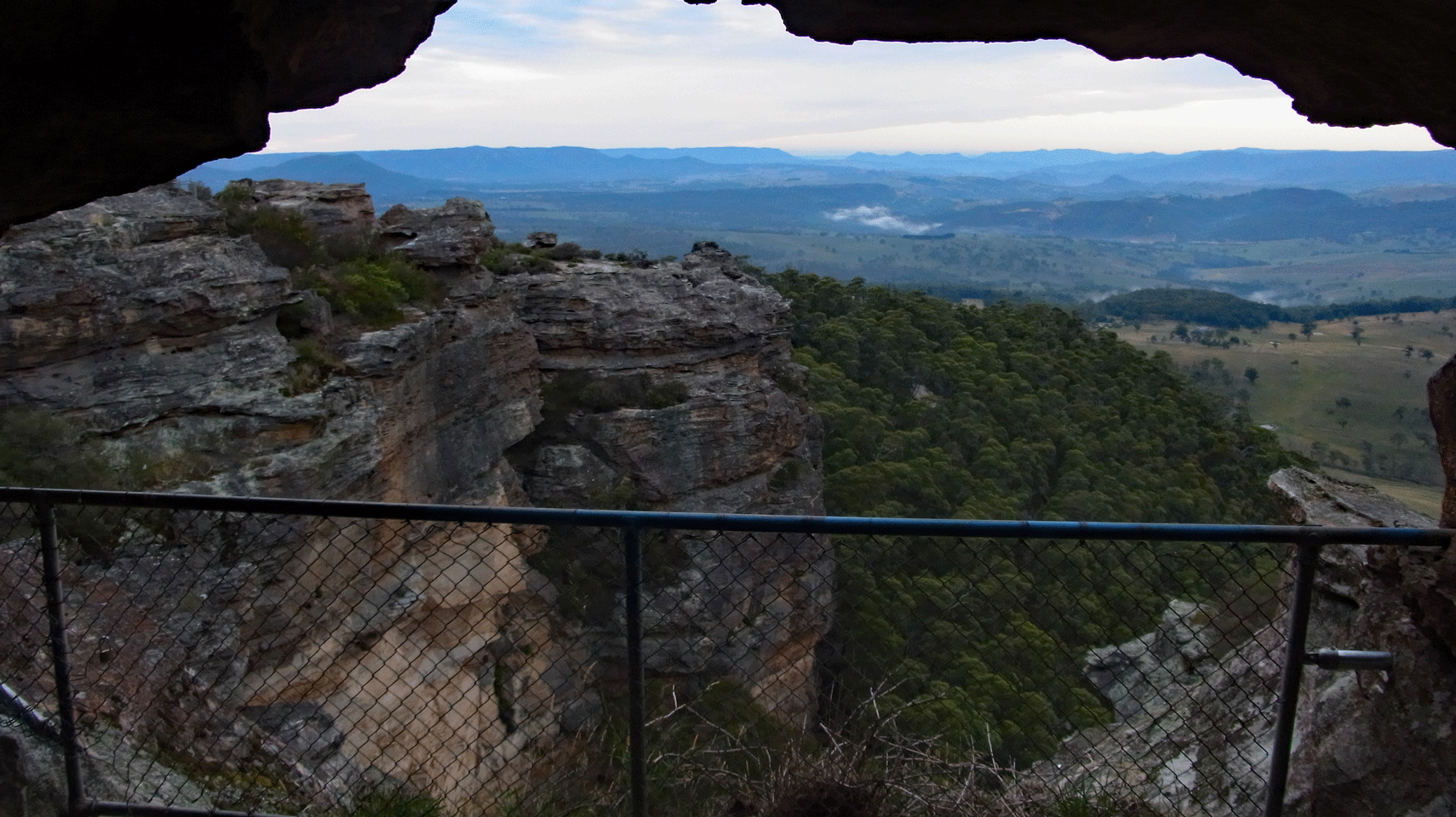
Hassans Walls Lookout
Followers of this blog will already know that we are suckers for a good sunrise. No surprise then that we were up with the sparrows and taking the ten minute winding dirt road to Hassans Walls Lookout above the town. Even on the rather overcast grey morning we were there, the view was spectacular. Hassans Walls Lookout is the highest lookout in the Blue Mountains at approximately 1,100 metres above sea level. You can see Mount Wilson, Mount York, Mount Tarana and Mount Blaxland and the whole Hartley Valley below. To the south are the Kanimbla and Megalong Valleys and Mount Bindo (1,363 metres). Sir Joesph Cook boardwalk gives easy and safe access to the viewing area. Wildflowers were out in profusion with an occasional plumb pudding orchid spotted here and there. Good place for some peace and quiet contemplation or a picnic at one of the various tables. And if you’re wondering about the name – apparently Governor Macquarie saw the high cliffs as he rode past in 1815 and thought they reminded him of some hill forts of the same name in Northern India.
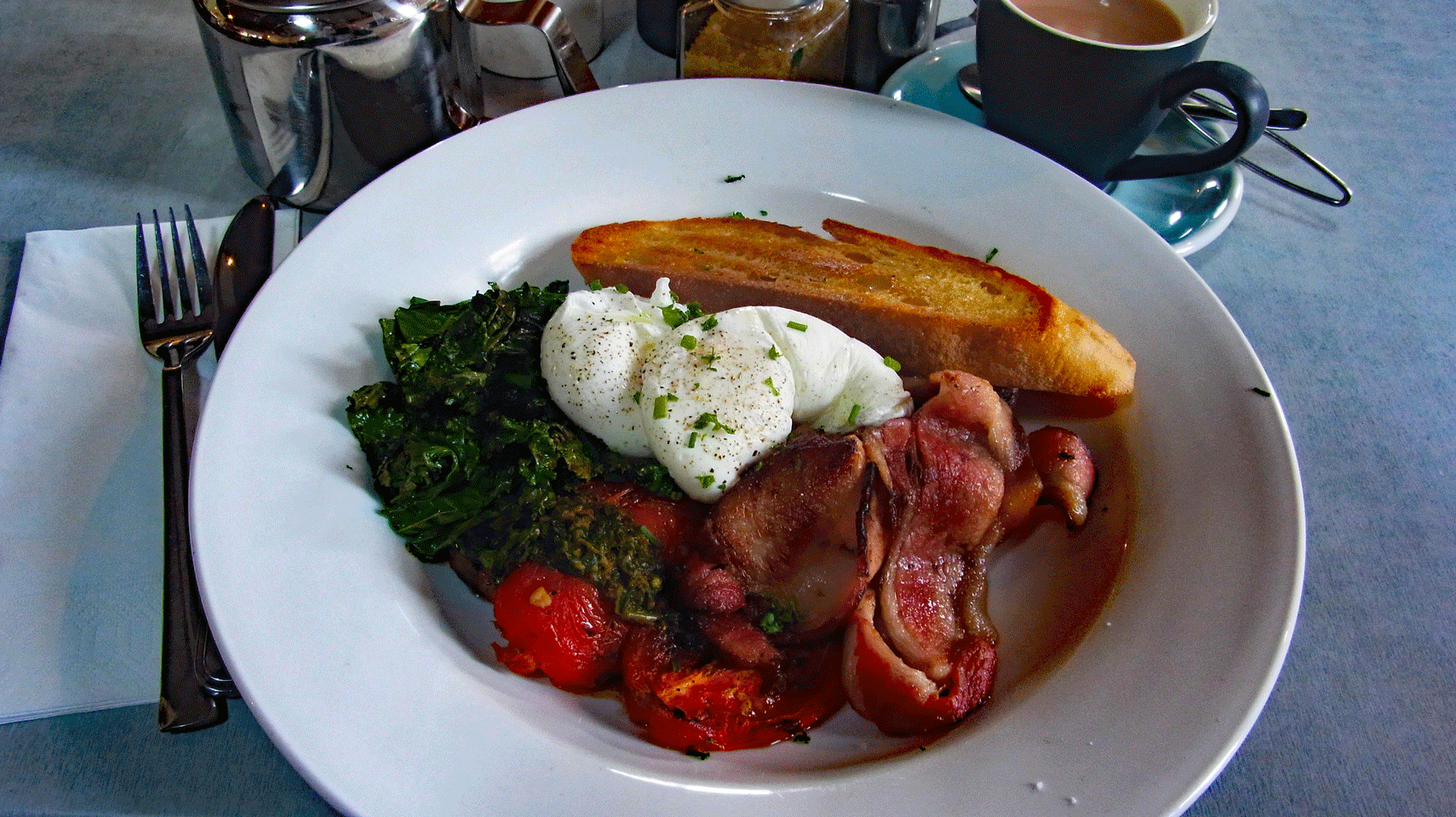
What we ate
At any other time of the year there would have been plenty of eateries open for the hungry visitor – but even on New Year’s public holiday, we were able to enjoy a really nice breakfast at Vanilla Cafe in Main Street. While we were out exploring the town we decided to pick up some picnic supplies from the one of the local supermarkets. The following day as things started to return to post-Christmas normality, we had another great breakfast at The Lithgow Tin Shed. Situated in an historic miners building in Bridge Street made this even more interesting. The food and service were great at both these places.
Where we stayed
We spent our two nights in Lithgow at the Zig Zag Motel. This was a little out of town, but quiet, very clean and very comfortable. At any other time of the year the aptly named Switchback Restaurant within the motel would have been open for evening meals but they were taking a well earned break. Staff were helpful and friendly.
Reasons for another visit
Hopefully the Zig Zag railway will reopen soon, and the promised walkways will be installed to restore access to the blast furnace ruins. We would like to have had a look at Eskbank House and Museum too. Another must see on our radar is a visit to the soon to reopen restored Old Zig Zag Brewery. This brewery was built around 1893 on a well-known spring water source deep within a steep sandstone valley on the outskirts town. The last brew came out of there in the 1950s. The old place is set to live again with hand crafted beers produced and accommodation and tours on the site. Finally, we want to pop in to Australia’s oldest commercial pottery, established in 1833. Located behind Lithgow Valley Shopping centre in Silcock Street.
